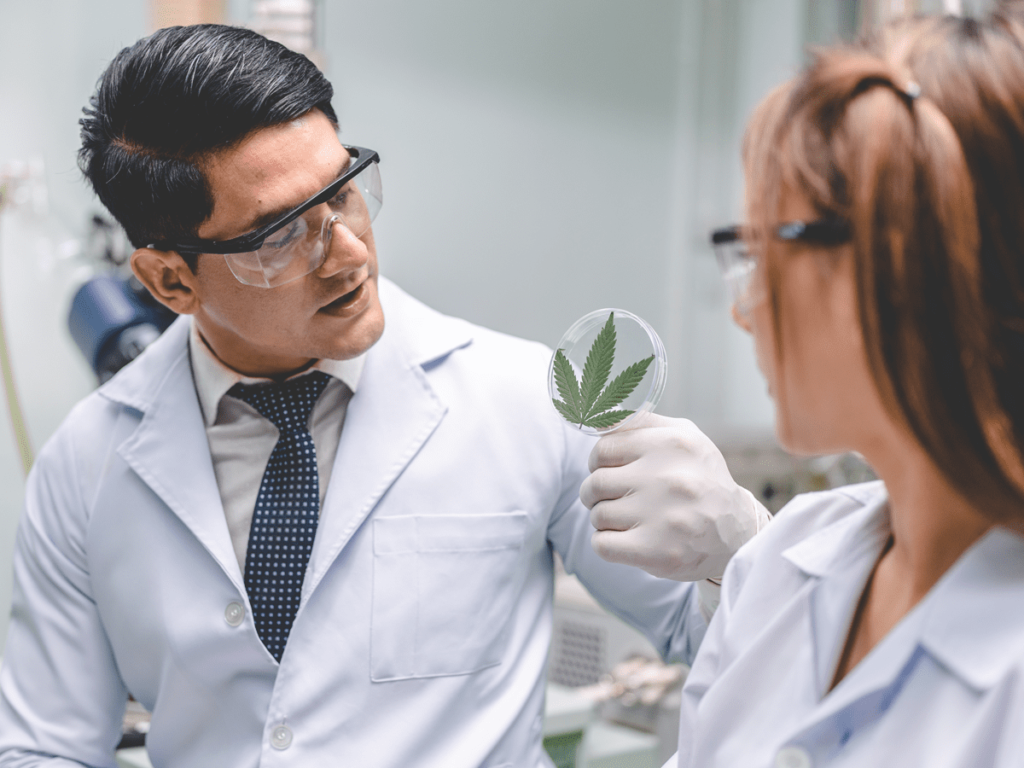If you’ve explored hemp or cannabis products, you’ve likely come across the term COA. While it might sound like just another industry buzzword, much like CBD or terpene, a COA is actually a crucial document.
Grasping what a COA represents is essential when shopping for hemp or cannabis products. While visual and olfactory cues can provide some insights into a product, a COA offers a detailed and comprehensive analysis, giving you a deeper understanding of what you’re considering purchasing.
What does COA Stand For?
COA is short for Certificate of Analysis. They are the third-party testing results of a laboratory licensed to test for a variety of things. These items can be required by state or federal law (depending on if the product is derived from hemp or marijuana).
What Information Does a COA Contain?
A Certificate of Analysis (COA) provides valuable information for both industry professionals and consumers.
Typically, third-party laboratories test for:
- Cannabinoid potency
- Terpene profile
- Contaminants such as mold, pesticides, herbicides, or heavy metals
- Moisture levels (particularly for smokable flower products)
For hemp products, federal law mandates COAs to confirm that all items meet safety standards and contain less than 0.3% Delta 9 THC by dry weight.

For cannabis products, legal marijuana programs vary state by state. However, COAs are a common element among all of them. This testing is a quality control measure to help ensure brands are adhering to all safety standards outlined by the individual state program.
How to Find a COA
Finding a Certificate of Analysis (COA) is straightforward if you know where to look. Reputable brands ensure that COAs for their products are readily available to consumers.
Firstly, visit the brand’s website. Trusted brands make it easy for shoppers to access COAs by posting them online. This not only streamlines the process for the brand but also provides convenience for the shopper.
Another modern approach is the use of QR codes. Many brands enhance the shopping experience by placing QR codes on product packaging. Scanning a QR code with your smartphone can quickly direct you to the COA on the brand’s website. This method has gained popularity for its ease of use and transparency.
Alternatively, you can ask for a COA at the store where you’re shopping. Stores that sell these products typically have copies of COAs available. A polite inquiry can help you obtain the information you need.
Red Flags to Watch Out For
When reviewing Certificates of Analysis (COAs), there are a few critical red flags to be aware of. First, check the COA’s expiration date. Typically, COAs are valid for about a year, during which time a product might change and necessitate retesting. The expiration date can also give you an idea of the product’s age.
Secondly, be cautious if a brand refuses to provide a COA, claiming it is proprietary information. Such a denial can be a warning sign, as it undermines trust between the brand and its customers.

The Bottom Line
A Certificate of Analysis (COA) is a crucial resource for both brands and consumers. Though it may seem like just a document, a COA provides a wealth of important information. It allows shoppers to verify not only the potency and quality of a product but also its cannabinoid and terpene profiles.
Understanding how to interpret a COA is an essential skill when shopping for hemp or legal cannabis products. Think of a COA as a treasure map—it guides you to the perfect product that matches your specific needs.
